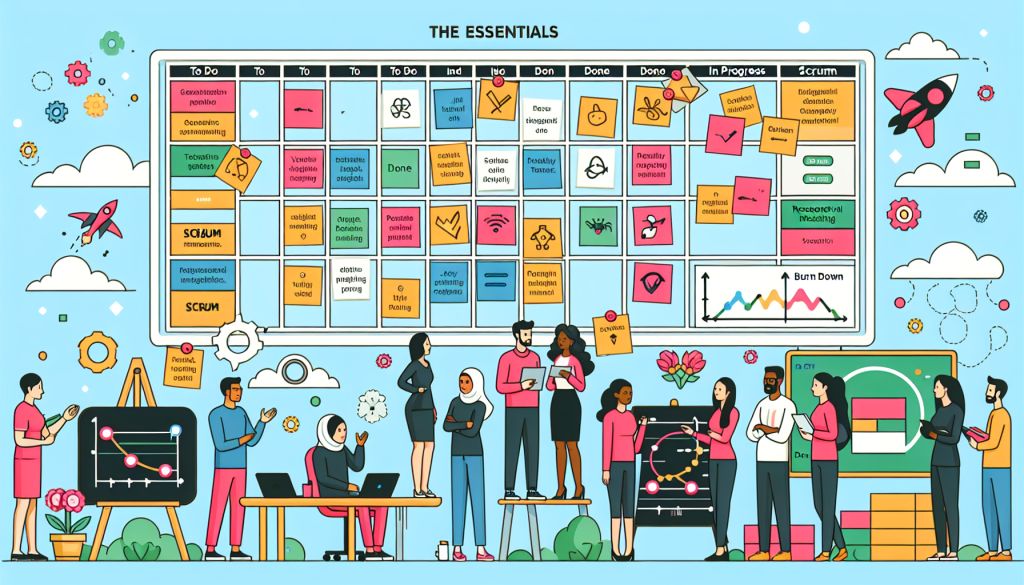Kickstarting Your Project: Planning for Scrum Success
A dynamic learning environment is fostered in the AgileKRC Scrum Essentials workshop which encourages collaborative problem-solving.
Embarking on a new project can be both exciting and daunting. It requires careful planning, effective communication, and a solid strategy to ensure success. When it comes to implementing Scrum, a popular Agile methodology, proper planning is key to achieving your project goals.
Scrum is a framework that emphasises collaboration, flexibility, and adaptability. It breaks down a project into smaller, manageable tasks called sprints, which are typically two to four weeks long. During each sprint, a cross-functional team works together to deliver a potentially shippable product increment.
To kickstart your project with Scrum, it is essential to start with a clear vision and goals. Clearly define what you want to achieve, why it is important, and how you plan to get there. This will help align your team and stakeholders and provide a roadmap for success.
Next, assemble a dedicated Scrum team with the right skills and expertise to deliver on your project objectives. Each team member should understand their role and responsibilities within the Scrum framework, from the Product Owner who defines the project requirements to the Scrum Master who facilitates the process and removes any obstacles.

Communication is key in Scrum, so it is crucial to establish open and transparent channels of communication within your team. Regular stand-up meetings, sprint planning sessions, and retrospective meetings will help keep everyone on the same page and address any issues or challenges that arise.
In addition to communication, continuous improvement is a core principle of Scrum. Encourage your team to reflect on their work, identify areas for improvement, and implement changes to enhance productivity and efficiency. This iterative process will help you adapt to changing requirements and deliver a high-quality product.
Finally, it is important to embrace the Agile mindset and be open to change. Scrum is designed to be flexible and responsive to feedback, so be prepared to adjust your plans and priorities as needed. By staying adaptable and focused on your project goals, you can ensure success in your Scrum implementation.
In conclusion, kickstarting your project with Scrum requires careful planning, effective communication, and a commitment to continuous improvement. By following these key principles and embracing the Agile mindset, you can set your team up for success and deliver a high-quality product that meets your stakeholders needs.